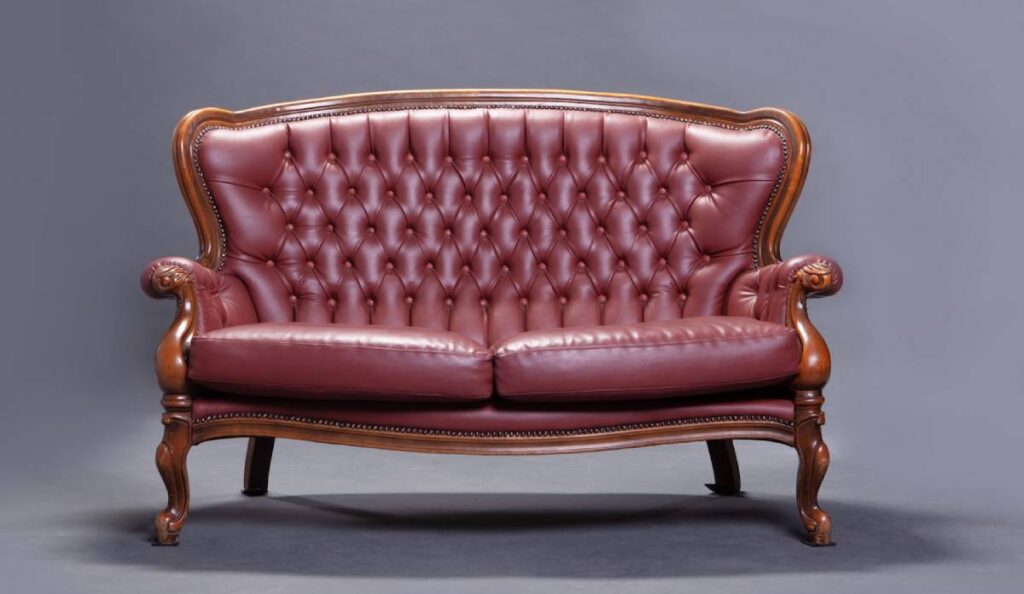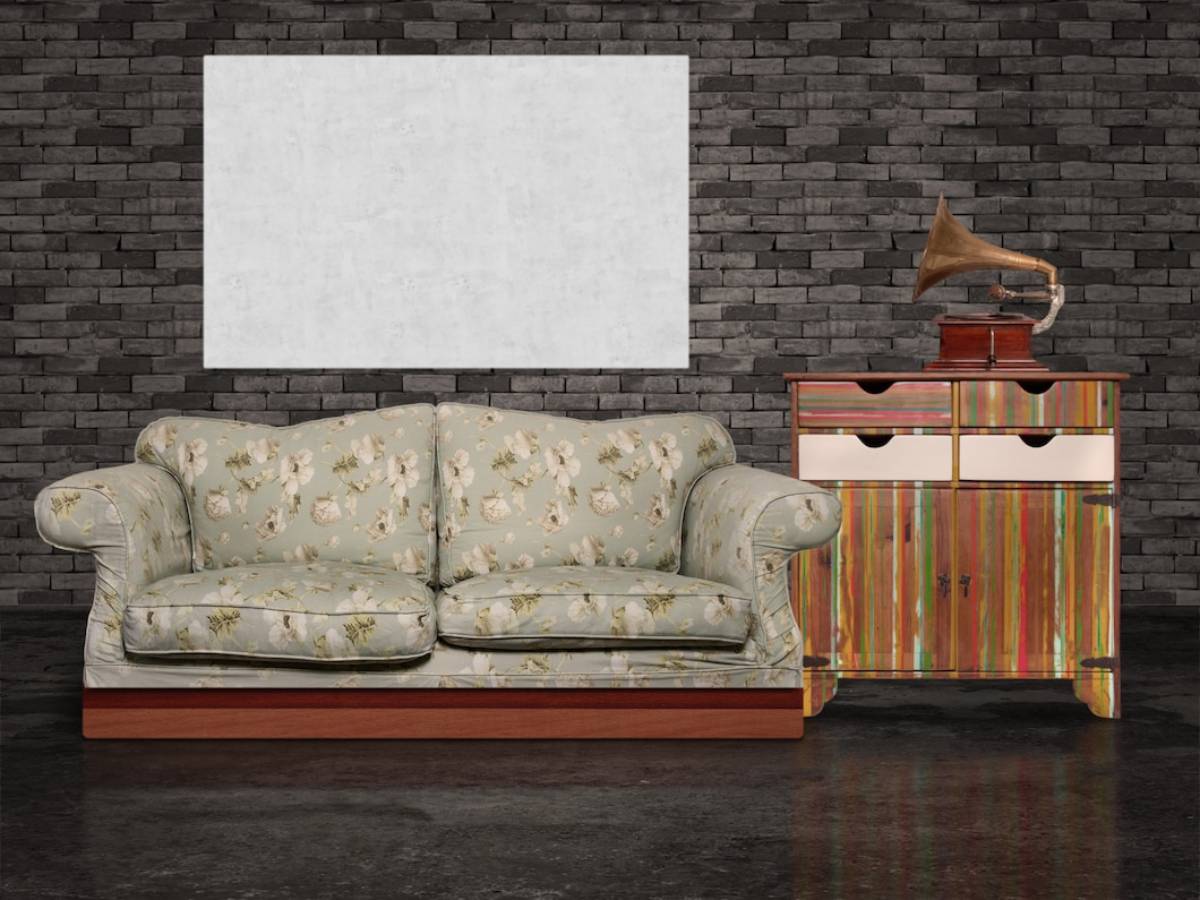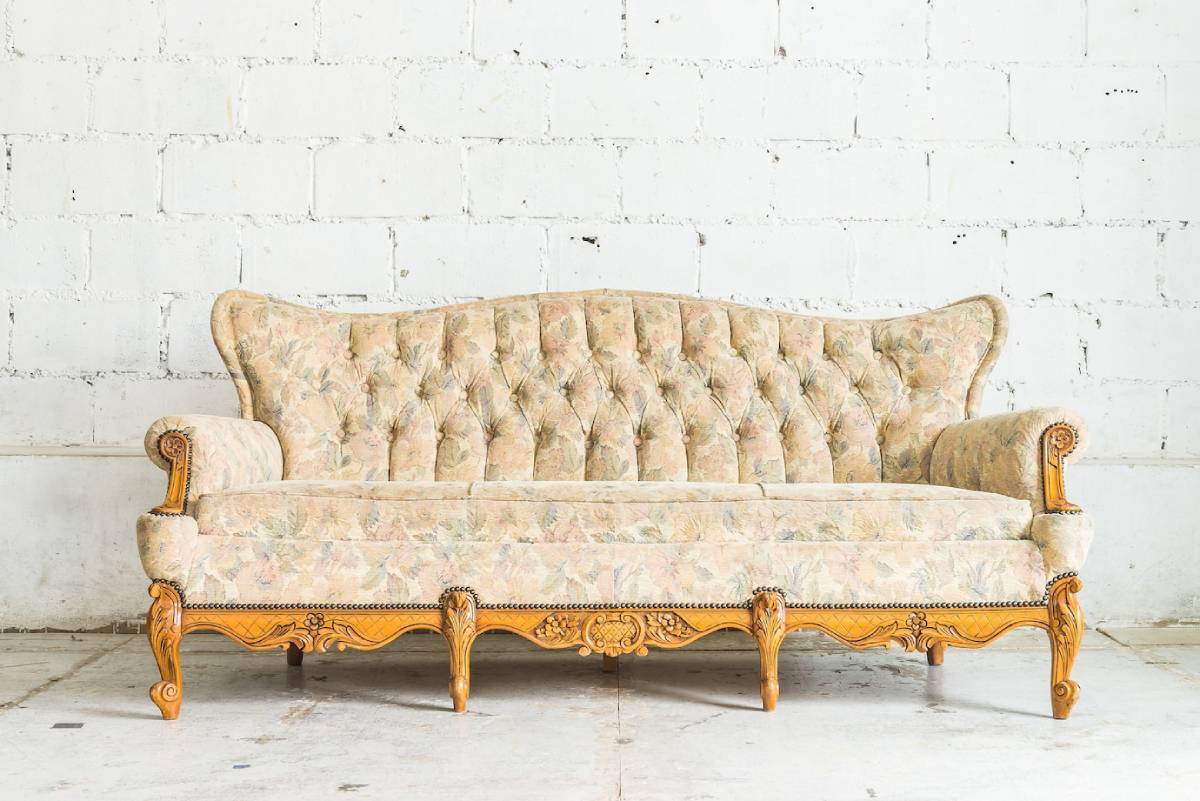The Interior Design Blog

Mixing Vintage Finds with Modern Minimalism
Minimalism and vintage design may seem like opposites—one favouring simplicity and restraint, the other rooted in nostalgia and charm. But when thoughtfully combined, they create interiors that are rich in character without overwhelming the senses. This artful balance of old and new—often referred to as retro-modern fusion—is increasingly popular among homeowners and design lovers seeking a timeless yet curated space.
In this guide, we explore how to successfully blend vintage decor ideas with sleek modern design, creating elegant, minimalist vintage interiors that tell a story without clutter.
Why Vintage and Minimalism Work So Well Together

At first glance, it might feel like mixing design oil and water. But here’s why the fusion works:
- Character meets clarity: Vintage pieces add soul, while minimalist styling keeps the space calm and uncluttered.
- Sustainability: Reusing and repurposing vintage items aligns perfectly with the minimalist ethos of intentional living.
- Visual contrast: The clean lines of modern design provide the perfect backdrop for the textures and patina of vintage finds.
Ultimately, it’s about editing carefully—curating rather than collecting—and letting standout pieces breathe.
Key Elements of Retro-Modern Fusion
Let’s break down the building blocks that bring retro-modern fusion to life.
1. Clean Lines and Neutral Palettes
Start with a modern, minimal base: white walls, streamlined furniture, neutral tones, and open space. This creates a calm foundation that allows vintage pieces to take centre stage without crowding the room.
2. Statement Vintage Pieces
Instead of cluttering your space with antique trinkets, choose one or two bold vintage items to anchor the room. This might be a:
- Mid-century credenza
- Retro armchair in a rich fabric
- Vintage brass floor lamp
- Art Deco mirror
Each item should feel intentional, not incidental.
3. Functional Minimalism
Avoid over-decorating. Vintage items should still serve a purpose—whether it’s storage, seating, or lighting. Think sculptural and practical.
4. Mix of Materials
Blend the warm tones of wood, leather, and brass with minimalist staples like concrete, glass, or matte black fixtures. This textural contrast is key to creating minimalist vintage interiors that feel fresh, not dated.
Vintage Decor Ideas for Minimalist Spaces
Here are some clever ways to infuse vintage character into your minimalist home without sacrificing balance:
Vintage Rugs
A hand-knotted Persian or Moroccan rug can soften an all-white or monochrome room instantly. Their intricate patterns act like artwork for the floor.
Antique Mirrors
An aged mirror with an ornate frame adds depth and a hint of glamour to a minimalist hallway or bedroom wall.
Reclaimed Wood
Use vintage wooden furniture or architectural salvage (like old doors or window frames) to add warmth to otherwise crisp interiors.
Old Meets New Lighting
Try pairing a minimalist dining area with a retro pendant light or vintage sconce. Lighting is a small but powerful way to introduce retro-modern fusion.
Vintage Art
Whether it’s an oil portrait, botanical print, or old film poster, vintage art adds soul without crowding your space.
Timeworn Textiles
Add vintage linen, embroidered cushions, or old-fashioned throws to bring soft texture and lived-in charm.
Where to Source Vintage for Minimalist Interiors
Curating vintage finds doesn’t have to mean endless flea markets—though they can be fun too. Try these:
- Online marketplaces like Etsy, 1stDibs, Chairish, Vinterior
- Architectural salvage yards for larger items like doors or mantels
- Local auctions and estate sales
- Second-hand design boutiques that specialise in curated vintage
- Thrift stores for occasional gems at lower prices
Photograph your space and dimensions before shopping. This helps you avoid impulse purchases that won’t fit or feel cohesive.
Styling Tips for Minimalist Vintage Interiors
Creating a cohesive look takes more than good sourcing. Here’s how to tie it all together:
Use Repetition
Repeat a material or shape throughout the space to create harmony. For example, if you bring in a vintage walnut side table, echo that tone in frames or shelving.
Stick to One Era Per Room
While eclecticism can work, sticking to one vintage period (e.g. mid-century, Art Deco, 70s modernism) keeps things clean and focused.
Play with Scale
Mix larger statement pieces (like a vintage armoire) with modern, minimalist furniture to balance the space. Avoid filling the room with small items.
Let the Piece Breathe
A vintage sofa or table needs space around it. Don’t crowd it with decorative accessories. Let it make its own statement.
Edit Ruthlessly
Minimalist design is about editing. Ask yourself: Does this piece serve a purpose—either functional or emotional? If not, it may not belong.
Mistakes to Avoid
Even the most well-intentioned vintage curation can go off-track. Here are a few things to watch for:
- Over-accessorising: It’s easy to get carried away with charming finds. Choose quality over quantity.
- Mixing too many eras: A Victorian table next to a 1970s chair can look chaotic unless anchored by a unifying design thread.
- Ignoring proportion: Oversized antiques can overwhelm smaller modern pieces—balance is key.
- Forgetting about comfort: Just because it’s vintage doesn’t mean it should be hard to live with—Prioritise usability.
Final Thoughts: A Look That Tells Your Story

Mixing vintage pieces with minimalist design isn’t about trends—it’s about timelessness. It’s a way to bring heritage, personal taste, and modern clarity into one harmonious space. When you balance function with character, restraint with richness, you create minimalist vintage interiors that feel warm, grounded, and entirely your own.
So don’t be afraid to blend that Danish console with a linen sofa or to hang a 1940s painting above your steel shelving. It’s not about perfection—it’s about expression and crafting a home that feels thoughtful, layered, and beautifully lived in.









